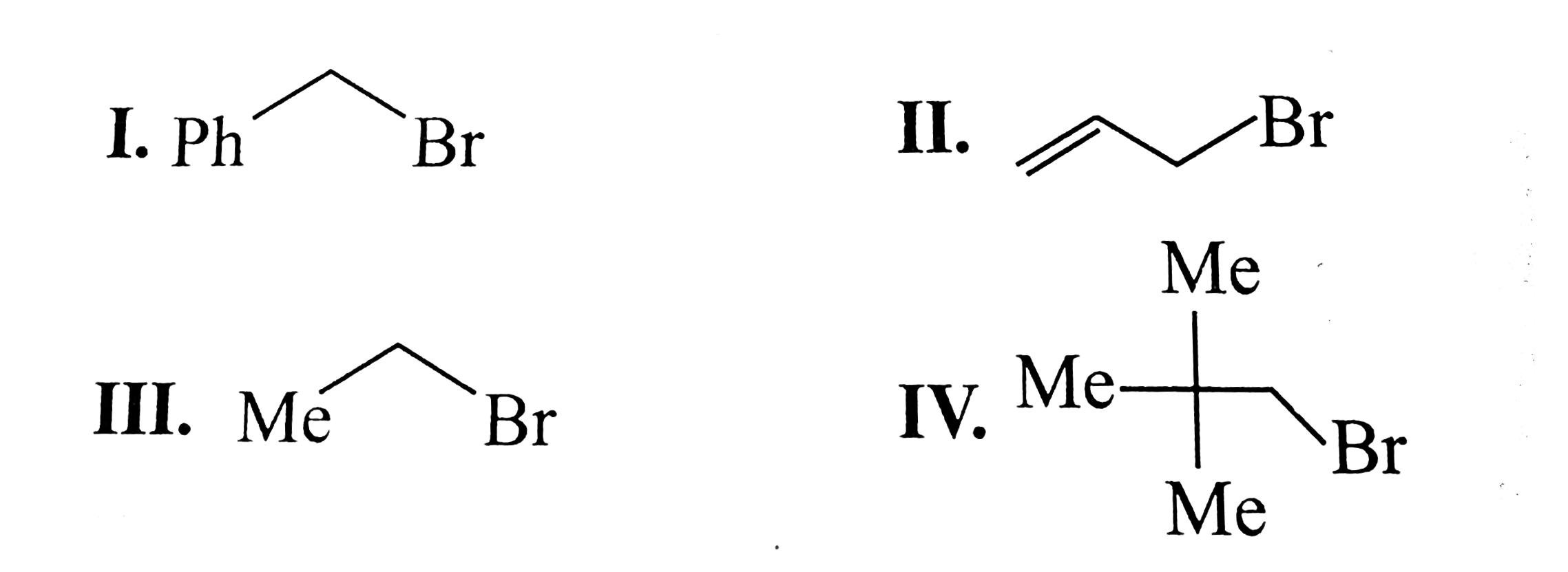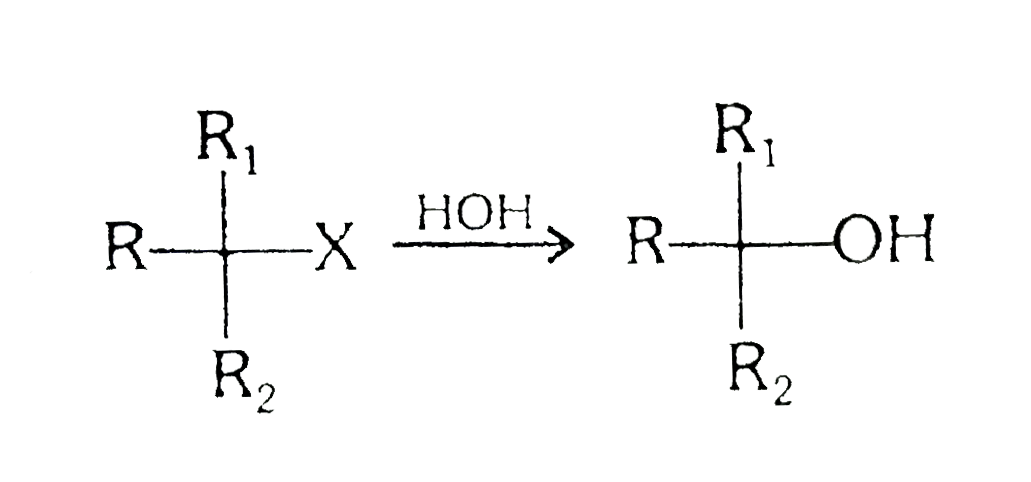A : Sericin is a gummy substance which is usually retained in case of silk till the yarn or fabric stage
R : Sericin gives protection during processing
The correct Answer is:A
Step-by-Step Solution:
1. Understanding the Assertion (A):
- Sericin is identified as a gummy substance that is retained during the silk production process until the yarn or fabric stage. This means that sericin remains present in the silk fibers throughout the initial stages of silk processing.
2. Understanding the Reason (R):
- The reason given is that sericin provides protection during the processing of silk. This implies that sericin plays a crucial role in safeguarding the silk fibers while they are being transformed into yarn or fabric.
3. Analyzing the Relationship:
- Both the assertion and the reason are true. Sericin is indeed a protein found in the cocoon of the silkworm and is retained until the yarn stage. Additionally, it serves a protective function during the processing of silk.
4. Conclusion:
- Since both the assertion (A) and the reason (R) are true and the reason correctly explains the assertion, we can conclude that the statement is valid.
Final Answer: Both assertion (A) and reason (R) are true, and R is the correct explanation of A.
---
- Sericin is identified as a gummy substance that is retained during the silk production process until the yarn or fabric stage. This means that sericin remains present in the silk fibers throughout the initial stages of silk processing.
- The reason given is that sericin provides protection during the processing of silk. This implies that sericin plays a crucial role in safeguarding the silk fibers while they are being transformed into yarn or fabric.
- Both the assertion and the reason are true. Sericin is indeed a protein found in the cocoon of the silkworm and is retained until the yarn stage. Additionally, it serves a protective function during the processing of silk.
- Since both the assertion (A) and the reason (R) are true and the reason correctly explains the assertion, we can conclude that the statement is valid.
Similar Questions
Emasculation and bagging are the two important steps carried during artificial hybridisation to obtain superior varieties of desired plants. Explain giving reasons, in which types of flowers and at what stages are the two processes carried out.
View SolutionSN reaction is given by these compounds, which have a nuclophilic group and a good leaving EWG. It should be stable after leaving with bonding pair of ¯e's and it should have high polarisability.
Nucliphilic aliphatic substituion reaction is mainly of two types SN−1 and SN2.SN−1 mechanism is a two step process. Reaction velocity of SN−1 depends only on the concentration of the subtrate. It proceeds via the formation of carbocation, optically active substrate gives (⊕) and (o−) froms of the product.
In most of the cases, the product usually consists of 5−20% inverted and (95−80%) racemised species. The more stable is the carbocation, the greater is the propotion of racemisation. In solvolysis reaction, the more nucleophillic is the solvent, the greater is the proportion of inversion.
For the reaction

which substrate will give maximum racemismision ?
View SolutionSN reaction is given by these compounds, which have a nuclophilic group and a good leaving EWG. It should be stable after leaving with bonding pair of ¯e's and it should have high polarisability.
Nucliphilic aliphatic substituion reaction is mainly of two types SN−1 and SN2.SN−1 mechanism is a two step process. Reaction velocity of SN−1 depends only on the concentration of the subtrate. It proceeds via the formation of carbocation, optically active substrate gives (⊕) and (o−) froms of the product.
In most of the cases, the product usually consists of 5−20% inverted and (95−80%) racemised species. The more stable is the carbocation, the greater is the propotion of racemission. In solvolysis reaction, the more nucleophillic is the solvent, the greater is the proportion of inversion.
Which of the following gives SN1 reaction?

Select the correct answer.
View SolutionSN reaction is given by these compounds, which have a nuclophilic group and a good leaving EWG. It should be stable after leaving with bonding pair of ¯e's and it should have high polarisability.
Nucliphilic aliphatic substituion reaction is mainly of two types SN−1 and SN2.SN−1 mechanism is a two step process. Reaction velocity of SN−1 depends only on the concentration of the subtrate. It proceeds via the formation of carbocation, optically active substrate gives (⊕) and (o−) froms of the product.
In most of the cases, the product usually consists of 5−20% inverted and (95−80%) racemised species. The more stable is the carbocation, the greater is the propotion of racemission. In solvolysis reaction, the more nucleophillic is the solvent, the greater is the proportion of inversion.
Which of the following will give SN reaction?
View SolutionSN reaction is given by these compounds, which have a nuclophilic group and a good leaving EWG. It should be stable after leaving with bonding pair of ¯e's and it should have high polarisability.
Nucliphilic aliphatic substituion reaction is mainly of two types SN−1 and SN2.SN−1 mechanism is a two step process. Reaction velocity of SN−1 depends only on the concentration of the subtrate. It proceeds via the formation of carbocation, optically active substrate gives (⊕) and (o−) froms of the product.
In most of the cases, the product usually consists of 5−20% inverted and (95−80%) racemised species. The more stable is the carbocation, the greater is the propotion of racemission. In solvolysis reaction, the more nucleophillic is the solvent, the greater is the proportion of inversion.
Which of the following gives SN1 reaction?
View SolutionDescribe longitudinal section of a pistil showing pollen germination. Explain the events in the embryo sac during the process of fertilisation. Which resulting stages give rise to the embryo and the endosperm respectively?
View SolutionRespiratory quotient (R.Q.) is defined as the ratio of a volume of CO2 evolved to the volume of O2 taken in during the respiration process. Value of R.Q. depends on the nature of respiratory substrate and to the extent to which this substance is broken down into simpler products. Which of the following situation will give us the R.Q. value as infinity when alcohol is produced?
View SolutionNucleophilic aliphatic substitution reaction is mainly of two types: SN1 and SN2. The SN1 mechanism is a two step process. Reaction velocity of SN1 reaction depends only on the concentration of the substrate. Since product formation takes place by the formation of carbocation, optically active substrate gives (+) and (-) forms of the product. In most of the cases the product usually consits of 5−20% inverted product and 80−95% racemised species. The more stable the carbocation, the greater is the proportion of racemisation. In solvolysis reaction, the more nucleophilic the solvent, the greater is the proportion of inversion.
For the gives reaction,
Which substrate will give maximum racemisation?
View SolutionNucleophilic aliphatic substitution reaction is mainly of two types: SN1 and SN2. The SN1 mechanism is a two step process. Reaction velocity of SN1 reaction depends only on the concentration of the substrate. Since product formation takes place by the formation of carbocation, optically active substrate gives (+) and (-) forms of the product. In most of the cases the product usually consits of 5−20% inverted product and 80−95% racemised species. The more stable the carbocation, the greater is the proportion of racemisation. In solvolysis reaction, the more nucleophilic the solvent, the greater is the proportion of inversion.
Which one of the following compound will give SN1 reaction predominantly?
View SolutionNucleophilic aliphatic substitution reaction is mainly of two types: SN1 and SN2. The SN1 mechanism is a two step process. Reaction velocity of SN1 reaction depends only on the concentration of the substrate. Since product formation takes place by the formation of carbocation, optically active substrate gives (+) and (-) forms of the product. In most of the cases the product usually consits of 5−20% inverted product and 80−95% racemised species. The more stable the carbocation, the greater is the proportion of racemisation. In solvolysis reaction, the more nucleophilic the solvent, the greater is the proportion of inversion.
Which of the following compounds will give SN1 and SN2 reactions with considerable rate?
I. C6H5−CH2−Br (II) CH2=CH−CH2−Br (III) CH3−CH(Br)CH3 (IV)
Select the correct answer from teh codes given below
View Solution
